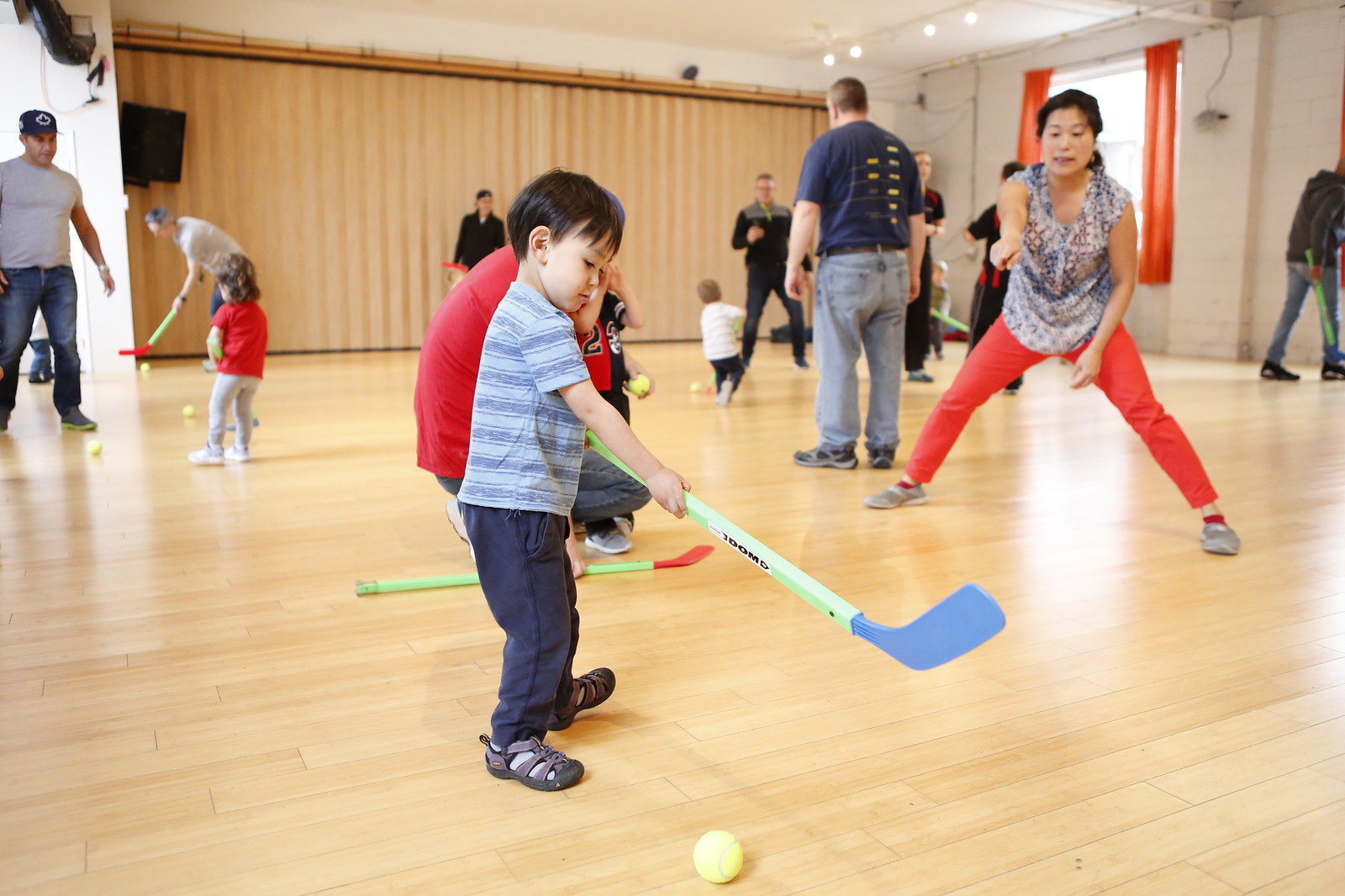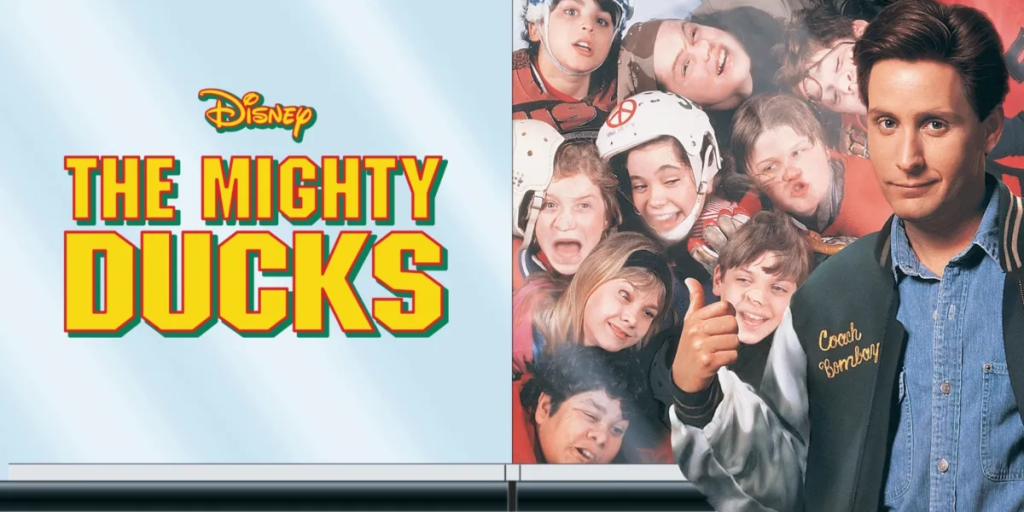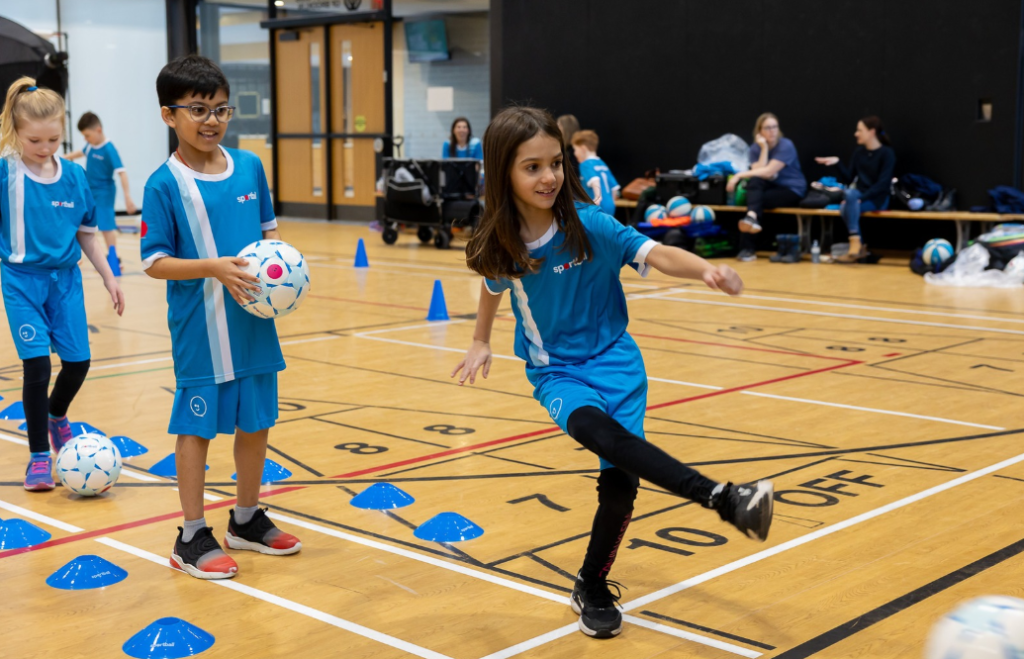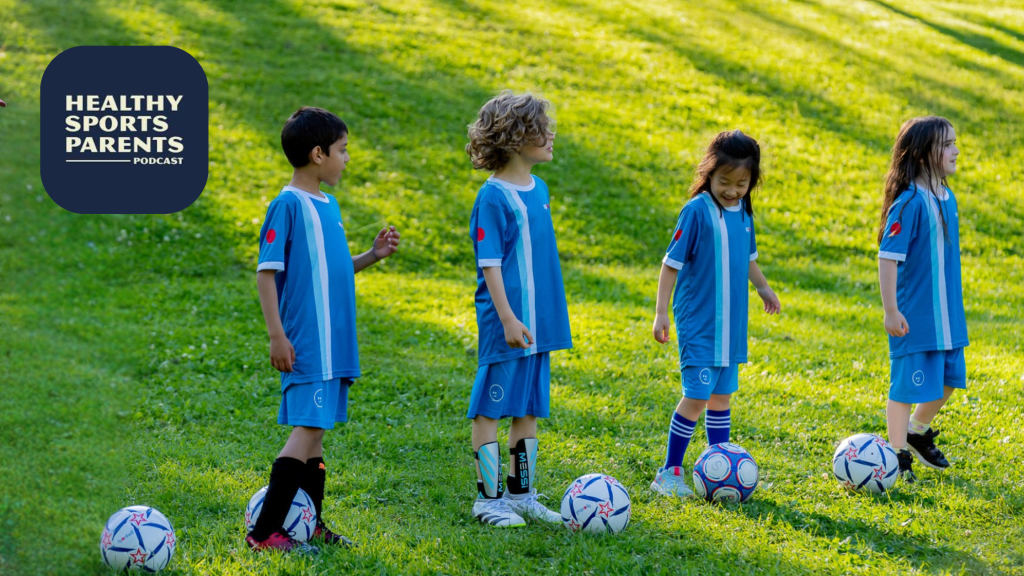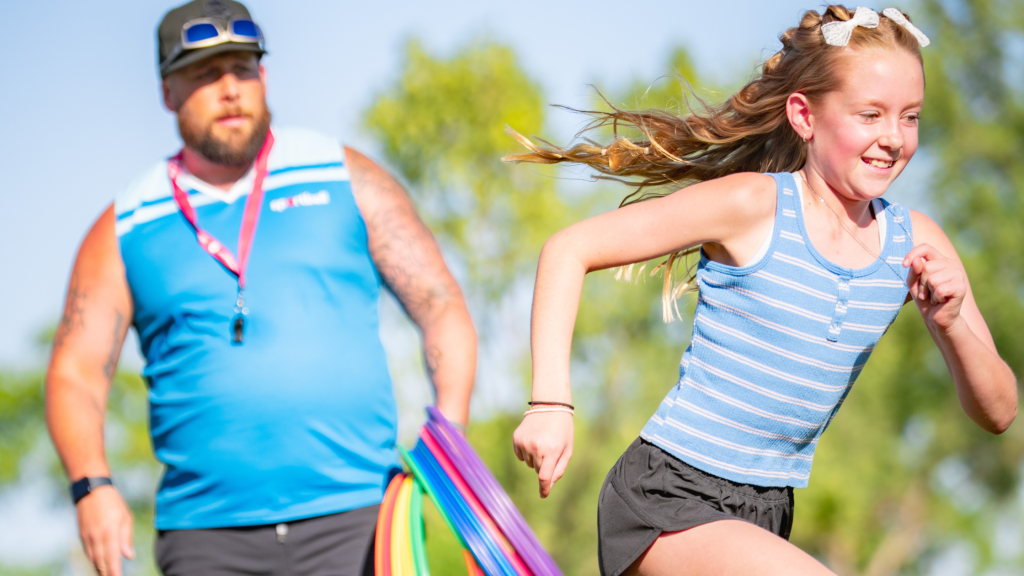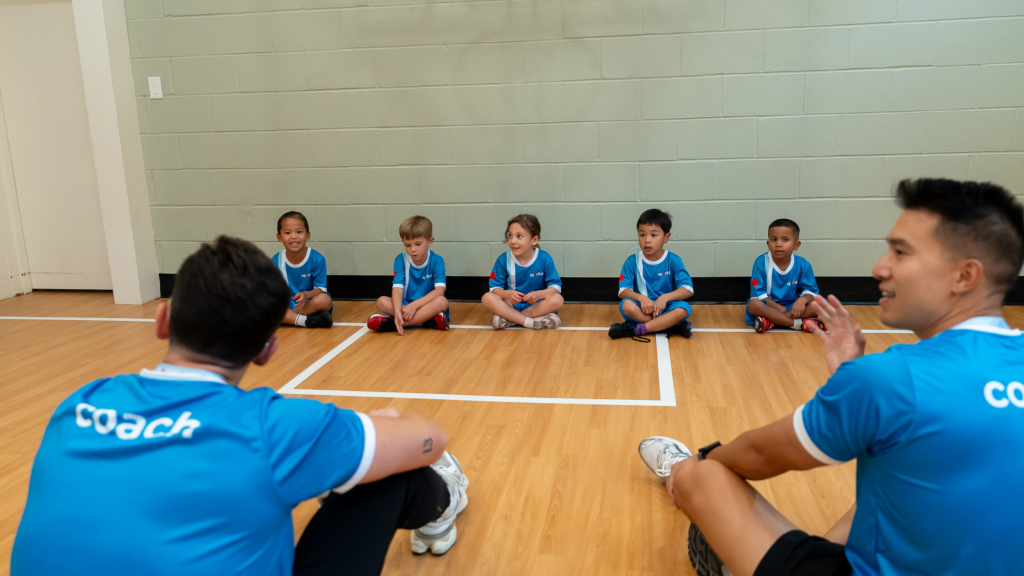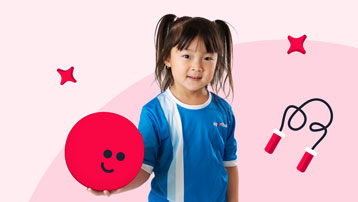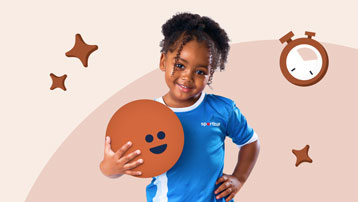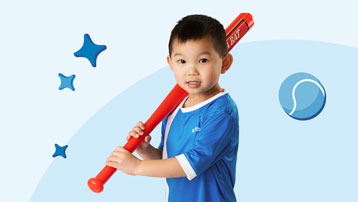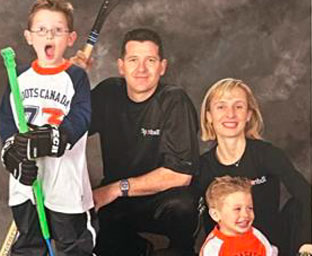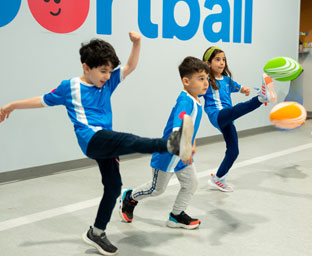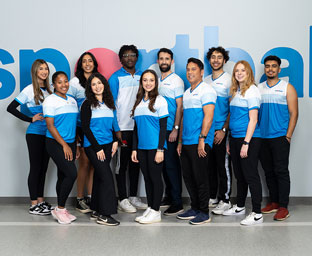Health practitioners recommend regular physical activity to individuals of all ages, as physical activity has a plethora of benefits to individual health and well-being. Encouraging children to be active from a young age creates positive physical activity habits, and increases the likelihood they will continue to be active as they grow older. Subsequently, according to recent Canadian Physical Activity Guidelines, toddlers (aged 1-2 years) and preschoolers (aged 3-4 years) should accumulate at least 180 minutes of physical activity at any intensity over the course of the day, and upwards to 60 minutes a day of moderate to vigorous physical activity during childhood and youth (5-17 years)1,2. One important contributor to physical activity adherence (i.e., whether a child is as active as recommended) is a child’s level of Physical Literacy. Physical Literacy has gained momentum and focus in sports, recreation, and physical education sectors alike, and is defined as:
“The motivation, confidence, physical competence, knowledge, and understanding to value and take responsibility for engagement in physical activities for life.”
– The International Physical Literacy Association3
How Kids Become Physically Literate
Being Physically Literate involves understanding, valuing, and being able to perform a variety of basic fundamental movement skills. Kids become Physically Literate through positive, active- play experiences that require them to use basic human movements (e.g., hopping, skipping, jumping), which are refined through ongoing practice. According to the Canadian Sport for Life Long-Term Athlete Development Model, children are most likely to be active for life (i.e., lead active lifestyles) if they become Physically Literate while they are young, and in particular, during the ‘Active Start’, ‘FUNdamentals’, and ‘Learn to Train’ stages of the model. The Physical Literacy skills that children gain during the first several years of their lives are consolidated and used when performing more complex sport-specific skills around 12 years of age (‘Train to Train’). Therefore, positive early sport and physical activity experiences are necessary for children to gain and hone their Physical Literacy skills.
Fostering Physical Literacy at Sportball
At Sportball, we teach Physical Literacy to kids by breaking skills down into their simplest form. Sportball offers 5 distinct classes with lessons that target the unique needs of children between 16 months and 12 years of age. The skills taught in each class are informed by the latest pediatric recommendations for young children; aligning with key age and developmental milestones. Each class progresses in difficulty, building upon the Physical Literacy skills gained in preceding classes. Taught in a non-competitive environment, progressive skill-development ensures that children become confident in basic, fundamental motor and sport skills, before advancing to more complex ones. Each class is delivered by carefully trained coaches who Coach with Purpose – our philosophy which ensures that each game, activity, or instruction is given with key gross-motor, sport, and social outcomes in mind. The following table provides an example of some of the gross-motor and sport skills that are targeted in each age-stratified class, which collectively contribute to children’s overall Physical Literacy:
PARENT AND CHILD: FIRST STEPS | PARENT AND CHILD:ABC’S OF SPORT | INDEPENDENT CHILD:FUNDAMENTALS (3-6 years) | INDEPENDENT CHILD:SKILLS/TEAMPLAY | INDEPENDENT CHILD:LEARN TO LEAD | |
GROSS-MOTOR | Assisted: Stepping, Crawling,Grasping | Two-foot Jumping, Balancing, Running,Skipping | One-Foot Jumping, Defending a Space, Skill Combinations | Progressive Skill Combinations, Intro to Functional Exercise and Fitness | Progressive Skill Combinations, Functional Exercise and Fitness |
SPORT | Assisted: Throwing, Catching, Passing, Shooting, Kicking | Independent Skill Practice and Progressions | Skill Combinations, Correct Form, Intro to Games, Sport-Specific Terminology | Progressive Game-Play and Sport Terminology, Intro to Sport- Specific Rules | Sport- Specific Game Play and Rules, Sport- Specific Terminology |
Cumulative Benefits of Multi-Sport
The added benefit of enrolling a child in Sportball’s unique Multi-Sport programming, is that they leave each class with skills from a different sport. In other words, after one four-month session, children become Physically Literate in eight different sports, increasing their overall Physical Literacy repertoire. Given the link between Physical Literacy and adherence to physical activity, as well as future engagement in sports, giving children numerous and broad opportunities to become Physically Literate in early childhood is critical. Learn more about program offerings in your area unique to your child’s current age and developmental needs.
Articles Cited:
1Canadian Physical Activity Guidelines (2012). For the Early- Years (0-4). Retrieved from
2Canadian 24-hour Movement Guidelines for Children and Youth.
3Tremblay, M. S., Costas-Bradstreet, C., Barnes, J. D., Bartlett, B., Dampier, D., Lalonde, C., … & Way, R. (2018). Canada’s physical literacy consensus statement: Process and outcome. BMC Public Health, 18(2), 1-18.
